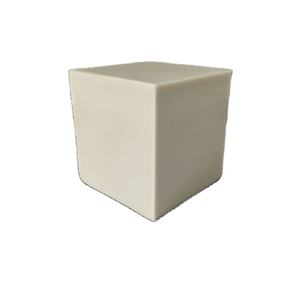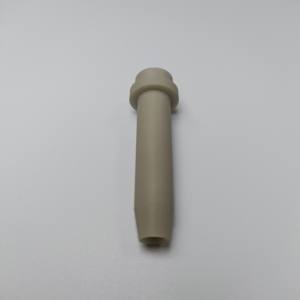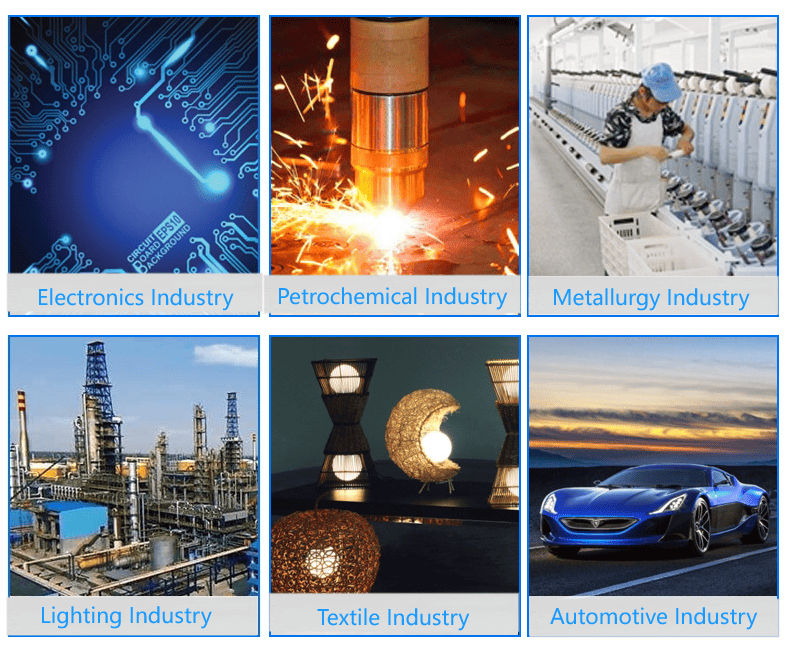Discover Premium Ceramic Products | Durability & Elegance United | Advanced Ceramics
PRODUCT PARAMETERS
Description
Overview of aluminum nitride ceramics
Aluminum Nitride Ceramic is an advanced ceramic material with aluminum nitride as the main component. It has been widely used in electronics, optics, and mechanics due to its unique properties.
Features of aluminum nitride ceramics
High thermal conductivity: Aluminum nitride ceramics have relatively high thermal conductivity, usually between 170-260 W/m·K, which makes it an excellent heat dissipation material. It is especially suitable for electronic devices that require efficient heat dissipation, such as substrate materials for power semiconductor devices.
Good electrical insulation: Despite its high thermal conductivity, aluminum nitride ceramics are excellent insulators of electricity, which can effectively prevent current leakage and ensure the safe operation of electronic components.
Low dielectric constant and dielectric loss: These characteristics make aluminum nitride ceramics very suitable for use in high-frequency circuits because it can reduce energy loss during signal transmission.
High temperature resistance: Aluminum nitride ceramics can maintain structural stability and strength at extremely high temperatures. Its melting point is about 2800°C, so it is suitable for applications in high temperature environments.
Low thermal expansion coefficient: Compared with semiconductor materials such as silicon, aluminum nitride has a lower thermal expansion coefficient, which means it has better dimensional stability when the temperature changes, which helps improve packaging reliability.
Corrosion resistance: Aluminum nitride ceramics have good chemical stability to most molten metals and are not easily oxidized or corroded, allowing them to perform well in harsh environments.
High mechanical strength: Although not as hard as some other types of ceramic materials, aluminum nitride ceramics still provide enough mechanical strength to allow them to be used in many structural applications.
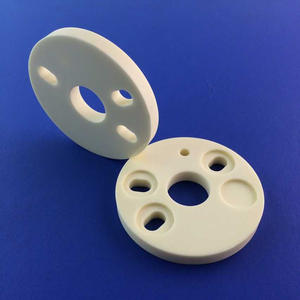
(High Thermal Conductivity / Aluminum Nitride / AlN Ceramic Substrate/ Plate / Block)
Specifications of High Thermal Conductivity / Aluminum Nitride / AlN Ceramic Substrate/ Plate / Block
High thermal conductivity aluminum nitride (AlN) ceramic substrates use premium performance for innovative digital applications. The product provides a thermal conductivity variety of 170-220 W/m · K, considerably more than alumina or various other oxide porcelains. This makes certain effective warm dissipation, essential for high-power tools. AlN substrates preserve security throughout temperatures from -50 ° C to 1000 ° C, suitable for severe operating conditions.
The thermal development coefficient of AlN very closely matches silicon, lowering thermal anxiety in semiconductor product packaging. This compatibility improves dependability in tools like power modules or LED parts. AlN ceramic plates feature excellent electric insulation, with volume resistivity surpassing 10 ^ 14 Ω · cm. This stops present leakage also at high voltages, improving security in circuits.
Aluminum nitride blocks demonstrate high mechanical stamina, with flexural stamina over 300 MPa. They stand up to wear, corrosion, and chemical reactions with acids or alkalis. Surface area surfaces can be brightened to Ra ≤ 0.4 μm for smooth bonding or coated with steels like copper or gold for soldering. Custom-made shapes and sizes are possible through precision machining, including laser cutting or grinding.
These substratums sustain high-frequency applications due to reduced dielectric loss (tan δ ≤ 0.001). Their dielectric consistent arrays between 8-9, secure throughout broad frequency bands. This makes AlN perfect for RF parts, microwave circuits, and 5G interaction systems. The product’s safe nature abide by RoHS and REACH criteria, making certain ecological safety and security.
Applications cover power electronic devices, automotive control systems, aerospace sensing units, and LED warm sinks. AlN plates extend gadget life expectancy by protecting against overheating in lasers, IGBT components, and semiconductor chillers. Personalized metallization choices make it possible for straight bonding to chips or PCBs, streamlining assembly. Tight tolerances ( ± 0.02 mm) guarantee compatibility with automatic production lines.
Quality assurance consists of ultrasonic screening for problems and X-ray analysis for density confirmation. Each set undergoes thermal cycling tests to validate toughness. AlN ceramic substratums are readily available in conventional thicknesses from 0.25 mm to 10 mm, with larger measurements on demand.
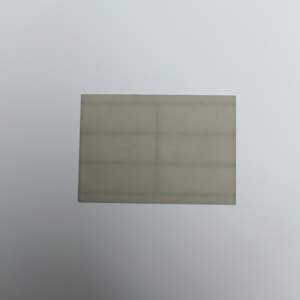
(High Thermal Conductivity / Aluminum Nitride / AlN Ceramic Substrate/ Plate / Block)
Applications of High Thermal Conductivity / Aluminum Nitride / AlN Ceramic Substrate/ Plate / Block
High thermal conductivity aluminum nitride (AlN) ceramic substrates, plates, and blocks are widely used in sectors calling for effective warmth administration. Their capability to move warmth quickly makes them perfect for electronic gadgets. In high-power LED illumination systems, AlN substrates avoid overheating by spreading warmth far from delicate components. This prolongs the life-span of LEDs and maintains illumination gradually.
Power electronics, such as inverters and motor drives, depend on AlN ceramic plates to deal with extreme thermal loads. These elements produce substantial warmth during procedure. AlN’s high thermal conductivity makes sure warm is spread quickly, avoiding damages to circuits. This boosts gadget reliability in electric vehicles, renewable energy systems, and industrial equipment.
Semiconductor producing usages AlN obstructs as heat sinks in wafer processing devices. The material holds up against extreme temperatures while preserving structural security. This decreases downtime caused by thermal tension failings. AlN’s electric insulation properties also protect against short circuits, making it safe for high-voltage applications.
In aerospace and defense, AlN ceramic substratums are utilized in radar systems and communication gadgets. These applications demand products that execute under extreme conditions. AlN stands up to rust, radiation, and thermal shock, making certain consistent operation in vital environments.
Telecommunications framework gain from AlN plates in 5G base terminals and RF modules. High-frequency signals create excess warmth, which AlN successfully dissipates. This stops signal loss and maintains network efficiency.
Laser modern technology utilizes AlN blocks in diode packaging. Lasers need precise temperature control to function accurately. AlN’s thermal monitoring abilities ensure stable output power, vital for clinical lasers and cutting devices.
AlN ceramic substratums are likewise used in renewable energy systems. Solar inverters and wind turbine converters utilize them to handle warm from power conversion procedures. Reliable thermal regulation increases energy outcome and system durability.
The product’s compatibility with thin-film metallization permits easy integration into complex digital designs. AlN substratums sustain sophisticated wiring without jeopardizing thermal efficiency. This versatility makes them a favored option in contemporary design options.
Company Introduction
Advanced Ceramics founded on October 17, 2014, is a high-tech enterprise committed to the research and development, production, processing, sales and technical services of ceramic relative materials and products.. Since its establishment in 2014, the company has been committed to providing customers with the best products and services, and has become a leader in the industry through continuous technological innovation and strict quality management.
Our products includes but not limited to Silicon carbide ceramic products, Boron Carbide Ceramic Products, Boron Nitride Ceramic Products, Silicon Carbide Ceramic Products, Silicon Nitride Ceramic Products, Zirconium Dioxide Ceramic Products, Quartz Products, etc. Please feel free to contact us.(nanotrun@yahoo.com)
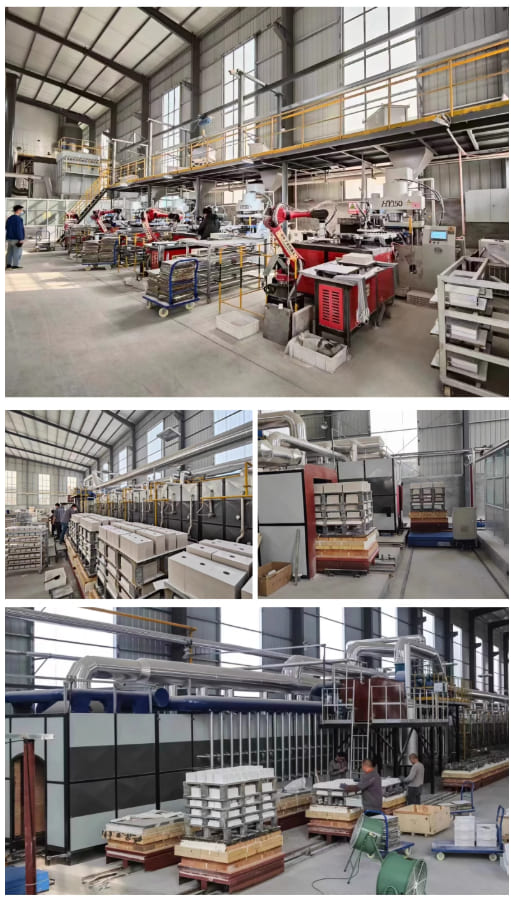
Payment Methods
T/T, Western Union, Paypal, Credit Card etc.
Shipment Methods
By air, by sea, by express, as customers request.
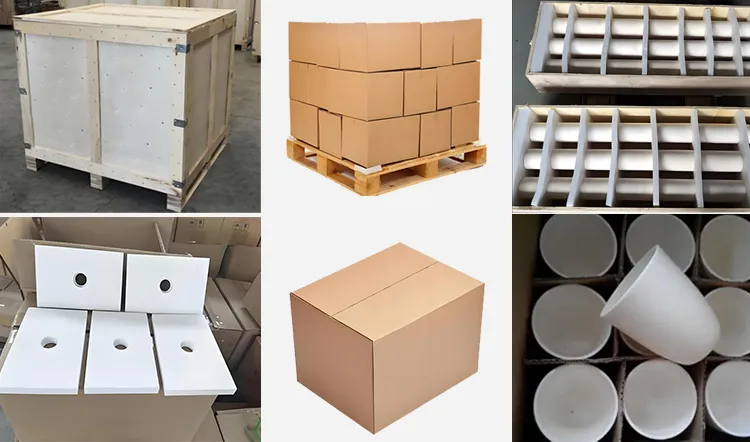
5 FAQs of High Thermal Conductivity / Aluminum Nitride / AlN Ceramic Substrate/ Plate / Block
What makes aluminum nitride ceramic substrates good for heat management?
Aluminum nitride (AlN) has high thermal conductivity, around 170-200 W/mK. This lets it move heat away from parts fast. It works better than materials like alumina. This keeps devices cool, stops overheating, and helps them last longer.
Where are AlN ceramic plates commonly used?
They are used where heat needs moving quickly. Examples include LED lighting, power electronics, semiconductor modules, and radio-frequency devices. They are also used in aerospace and automotive systems for managing high heat in tight spaces.
Why pick aluminum nitride over metals like aluminum?
AlN handles heat well but doesn’t conduct electricity. Metals like aluminum conduct both heat and electricity, which can cause shorts. AlN is also stronger at high temperatures. It resists corrosion better than metals in harsh settings.
Can AlN blocks handle very high temperatures?
Yes. Aluminum nitride keeps its strength and shape up to 1400°C. It doesn’t melt or break down easily. This makes it reliable for furnaces, high-power lasers, and other high-heat industrial tools.
Is machining AlN substrates hard?
Yes. AlN is a hard, brittle ceramic. Normal machining can crack or chip it. Special methods like laser cutting or diamond grinding are needed. Most suppliers pre-machine parts to meet exact sizes. Custom shapes or holes should be ordered directly to avoid damage.
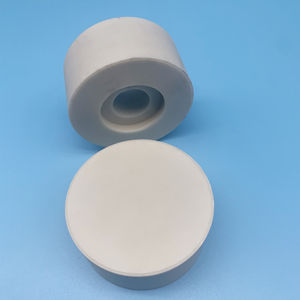
(High Thermal Conductivity / Aluminum Nitride / AlN Ceramic Substrate/ Plate / Block)
REQUEST A QUOTE
RELATED PRODUCTS
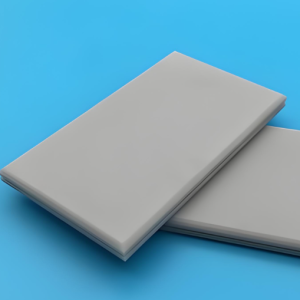
Electrical Insulation AlN Aluminium Nitride Ceramic Plate
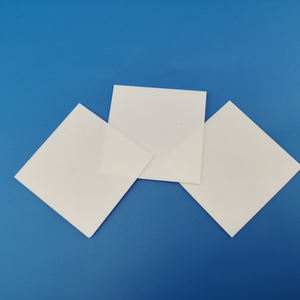
220V 380V Aluminum Nitride Ceramic Sheet AlN Heating Element Heater Plates
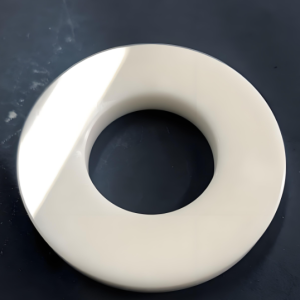
High Thermal Conductivity AlN Aluminum Nitride Ceramic Rings
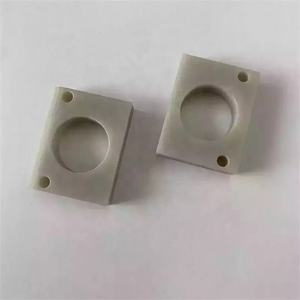
Aluminum Nitride Ceramic Sheet Aluminum Nitride Chip Aluminum Nitride Aln Ceramic Plate
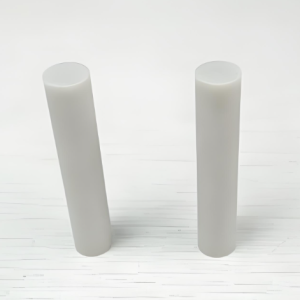
High Precision AlN Bar Aluminum Nitride Ceramic Rod
